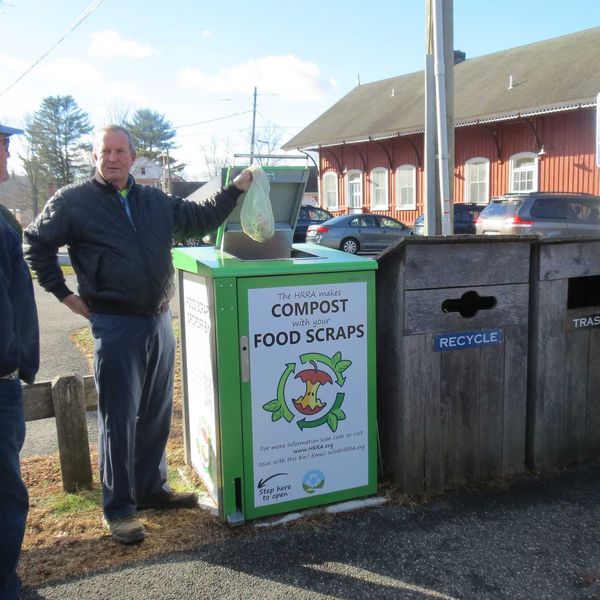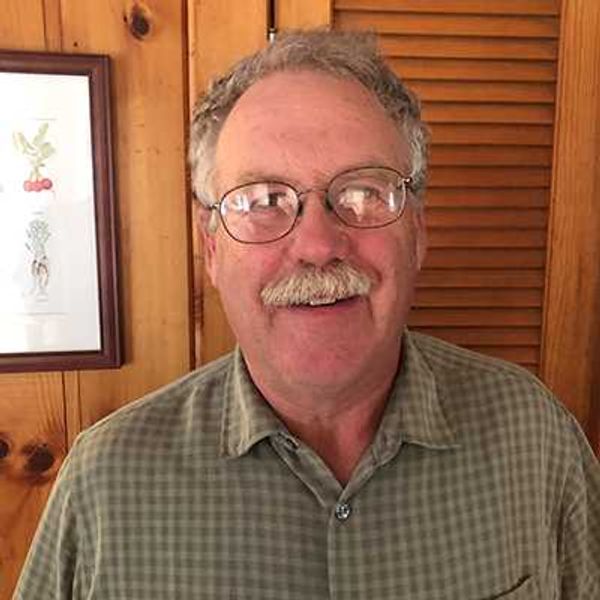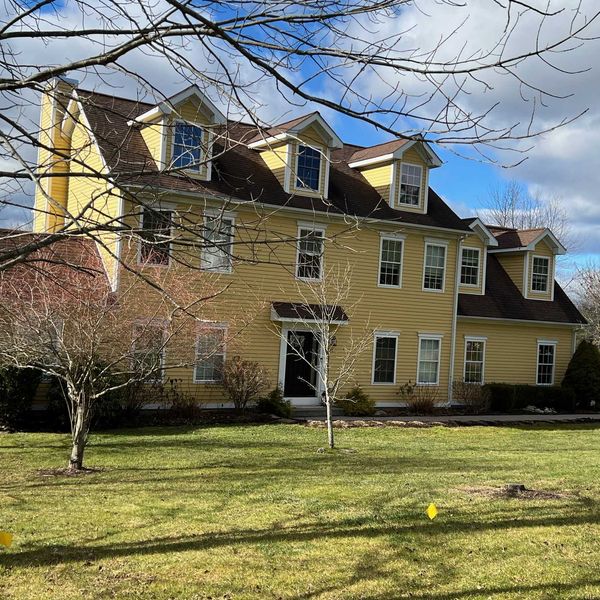HVA bids adieu to Werner at sold-out “Auction for the Environment”
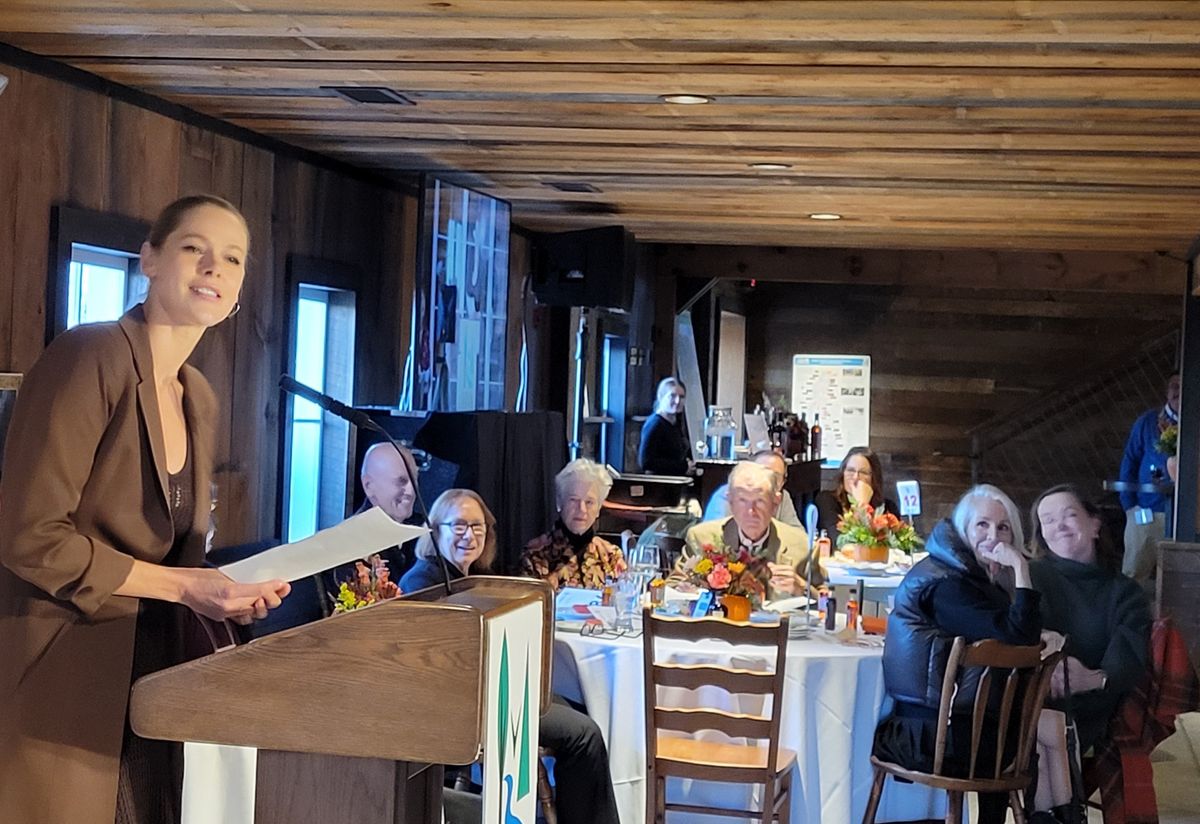
Lily Cowles, co-chair of HVA’s 33rd Auction for the Environment and daughter of auction chair Christine Baranski, welcomed guests to the Nov. 23 event at South Farms in Morris.
Photo by Debra A. Aleksinas
 From left, Andrew Stathopoulos and Philippa Durrant of Cornwall Bridge, HVA auction co-chair Elyse Harney Morris and Tony Zunino, president of HVA. Photo by Debra A. Aleksinas
From left, Andrew Stathopoulos and Philippa Durrant of Cornwall Bridge, HVA auction co-chair Elyse Harney Morris and Tony Zunino, president of HVA. Photo by Debra A. Aleksinas Orchardist Peter Montgomery of Montgomery Gardens in Warren has been a frequent contributor of auction items over the years.Photo by Debra A. Aleksinas
Orchardist Peter Montgomery of Montgomery Gardens in Warren has been a frequent contributor of auction items over the years.Photo by Debra A. Aleksinas Margery Feldberg, far right, board president of the Kent-based Northwest Connecticut Land Conservancy, was among bidders for the silent auction items.Photo by Debra A. Aleksinas
Margery Feldberg, far right, board president of the Kent-based Northwest Connecticut Land Conservancy, was among bidders for the silent auction items.Photo by Debra A. Aleksinas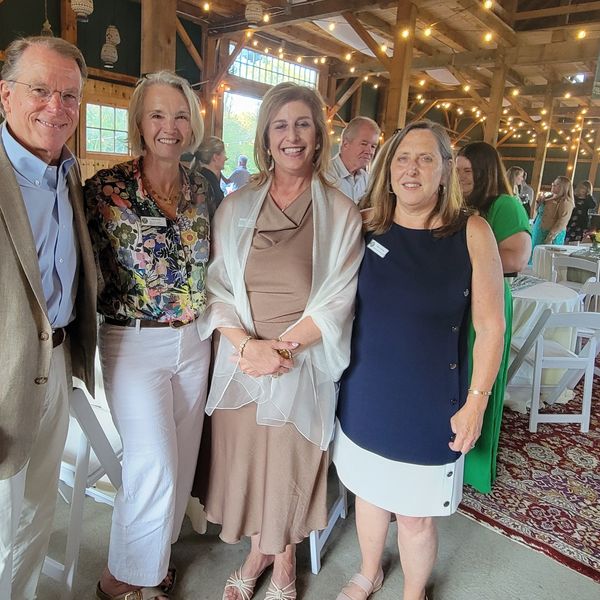


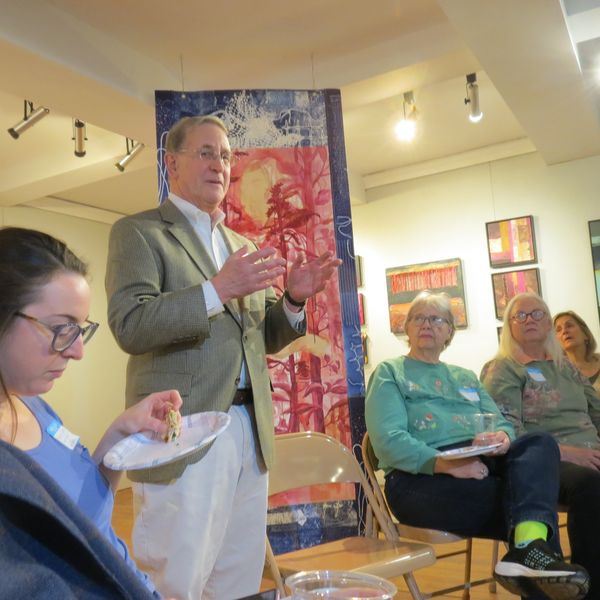




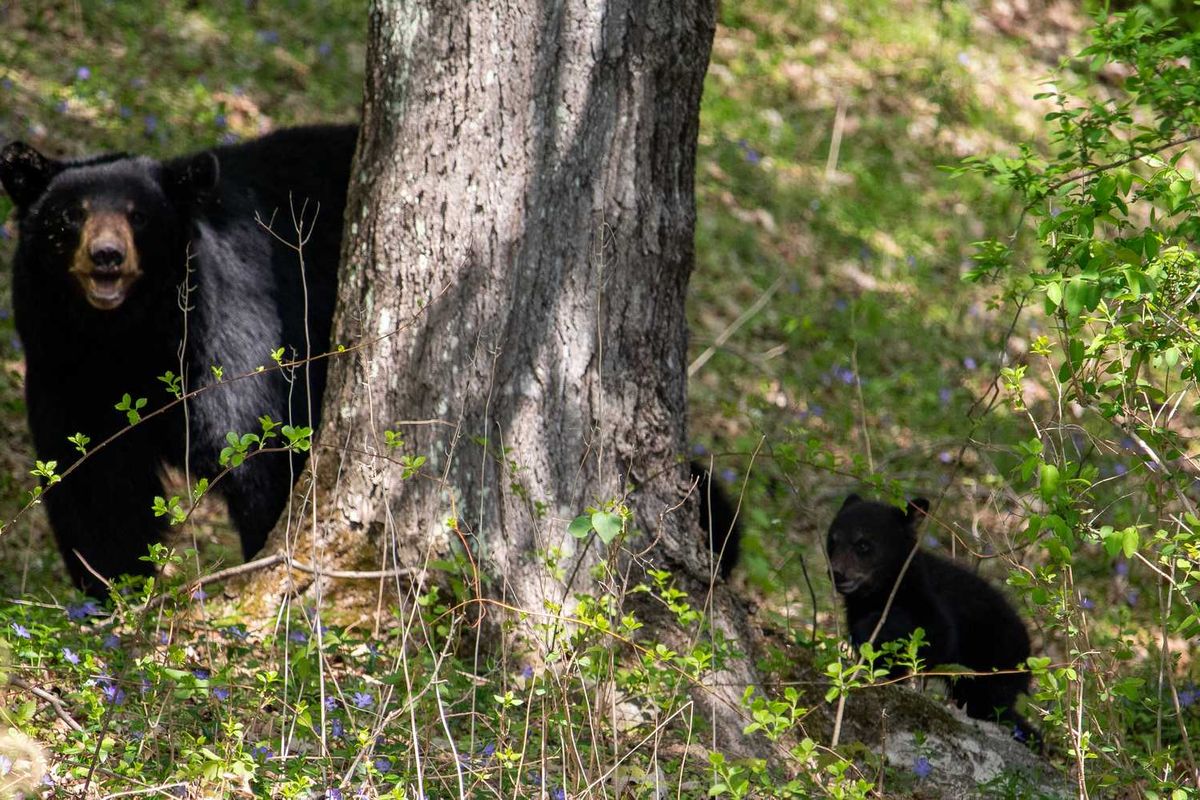
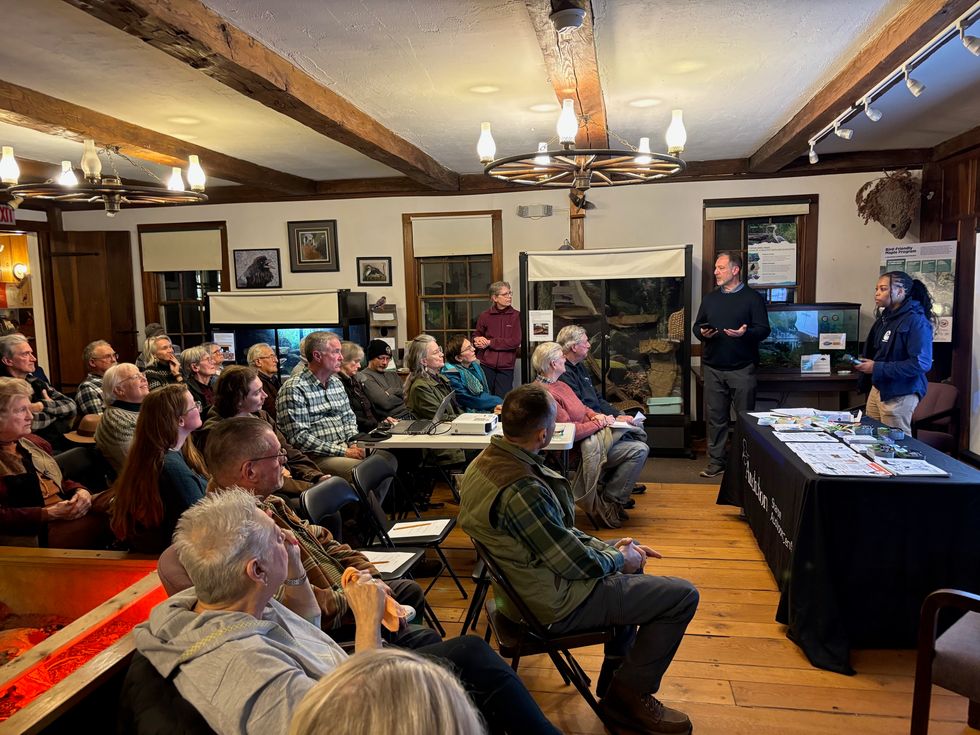 Attendees at the DEEP meeting in Sharon on Dec. 3By Christian Murray
Attendees at the DEEP meeting in Sharon on Dec. 3By Christian Murray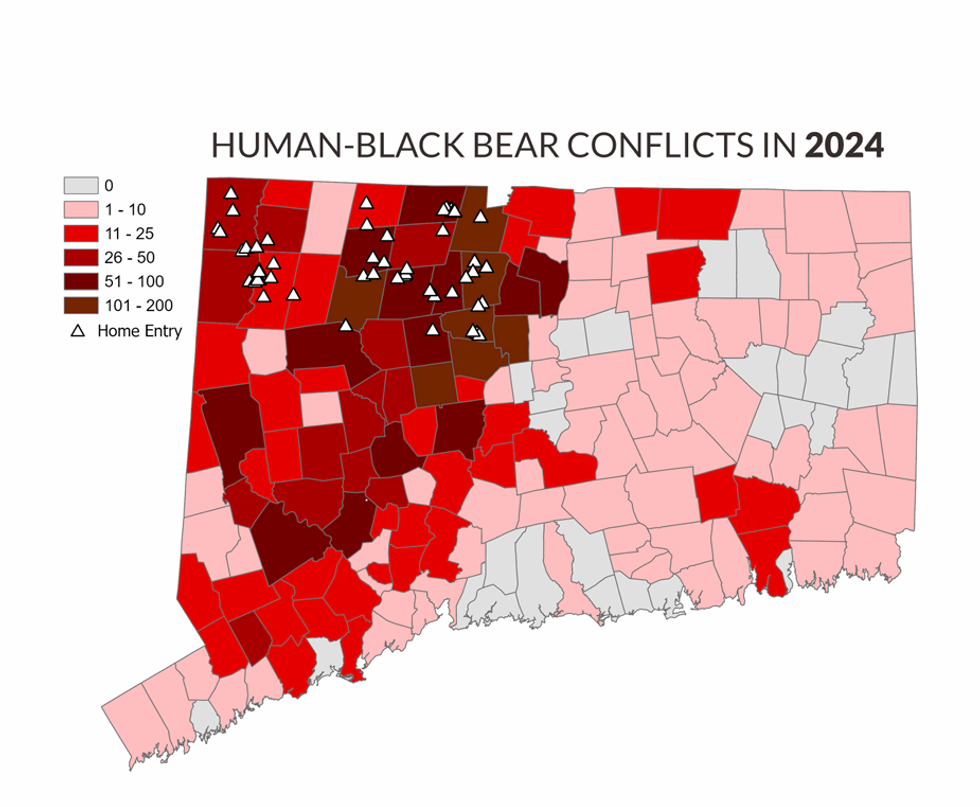 From the State of the Bears Report released March 2025CT DEEP
From the State of the Bears Report released March 2025CT DEEP